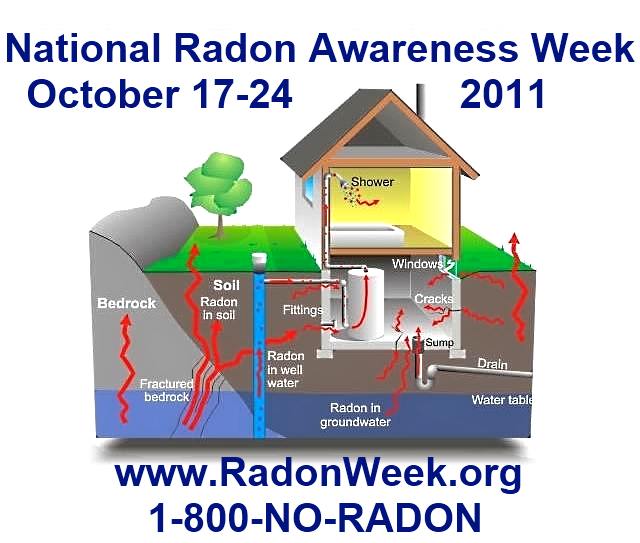


 Federal Radon Awareness Week is Oct. 17th - 24th. The American government announced their "Radon Action Plan" earlier this year which will help prevent thousands of cancer deaths each year in the United States. "All homes should be tested for radon," states Eric Hunt, a radon specialist with Accredited Radon Mitigation. The Federal plan outlines new requirements for real estate radon testing.
Federal Radon Awareness Week is Oct. 17th - 24th. The American government announced their "Radon Action Plan" earlier this year which will help prevent thousands of cancer deaths each year in the United States. "All homes should be tested for radon," states Eric Hunt, a radon specialist with Accredited Radon Mitigation. The Federal plan outlines new requirements for real estate radon testing. 

 The plan will save thousands of lives every year in the U.S.
The plan will save thousands of lives every year in the U.S. 